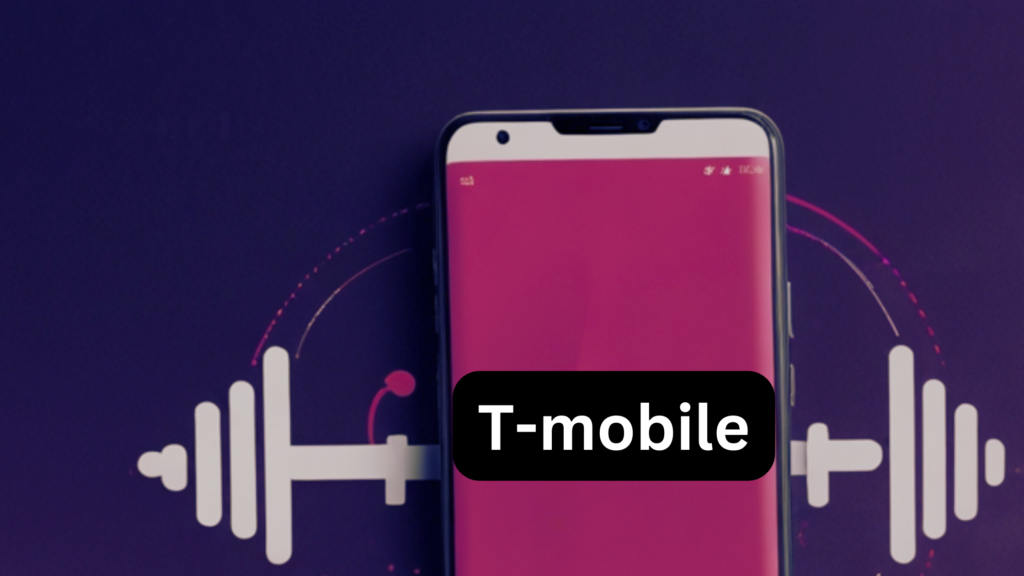Understanding the mobile app port forward
t mobile app port forward is an essential feature for users who want to optimize their home network by enabling external access to internal services. Whether you’re an online gamer, a website host, or someone managing smart home devices, understanding how to configure port forwarding on the T-Mobile app can significantly improve your network performance. This guide will explore how the t mobile app port forward feature works, why it’s important, and how you can set it up effectively.
Importance of the mobile app port forward
t mobile app port forward allows users to open specific ports on their home internet router, granting external devices the ability to connect to local servers. This capability is crucial for online gaming, hosting web servers, remote desktop access, and managing smart devices. Without proper port forwarding, these services might not function optimally, leading to connection issues and limited accessibility.
Challenges with T-Mobile CG-NAT
However, the mobile app port forward presents unique challenges due to T-Mobile’s use of Carrier-Grade Network Address Translation (CG-NAT). CG-NAT pools multiple users under a single public IP address, preventing traditional port forwarding. This security feature, while effective in protecting devices, creates obstacles for users seeking to establish direct external connections. Understanding this limitation is vital for those attempting to configure the t mobile app port forward feature.
Workarounds for CG-NAT Restrictions
To bypass the CG-NAT restrictions and utilize the t mobile app port forward function effectively, users can implement third-party solutions like reverse proxy tunnels. Services such as Pinggy and Ngrok can bridge the gap by creating a secure tunnel between the user’s local network and the internet. These tools complement the t mobile app port forward process, providing a practical workaround for seamless external access.
Setting Up the mobile app port forward
Setting up the t mobile app port forward feature begins with accessing the app’s advanced settings. Users need to identify the internal IP address of the device they wish to forward ports to and specify the necessary port numbers. This process ensures that external traffic is correctly routed to the designated device, enhancing connectivity and service performance.
Benefits of Online Gaming
For gamers, the t mobile app port forward feature is indispensable. Many multiplayer games require open ports to function without lag or disconnections. By configuring the t mobile app port forward settings, gamers can experience smoother gameplay, reduced latency, and uninterrupted online sessions. This setup is equally important for hosting game servers, allowing friends and other players to join without connectivity issues.
Enhancing Web Hosting with Port Forwarding
Similarly, individuals hosting personal websites or managing remote servers benefit significantly from the t mobile app port forward function. Opening the correct ports enables external users to access hosted content or services reliably. This feature is crucial for small businesses, freelancers, and tech enthusiasts looking to establish a web presence without investing in expensive hosting services.
Smart Home Device Integration
Smart home devices also rely heavily on the t mobile app port forward feature for remote management. Devices like security cameras, smart thermostats, and home automation systems require open ports to communicate with mobile apps and cloud services. Proper configuration ensures that these devices remain accessible and functional, enhancing home security and convenience.
Simplifying Port Forwarding for Beginners
Despite its advantages, configuring the t mobile app port forward feature can be complex for beginners. Users must understand networking concepts, including IP addresses and protocols, to avoid misconfigurations. T-Mobile could improve user experience by offering clearer instructions or automated setups within the app to simplify this process.
Conclusion
In conclusion, the t mobile app port forward feature is a powerful tool for enhancing network accessibility and performance. Whether for gaming, web hosting, or smart device management, proper port forwarding ensures seamless external connections. By understanding the challenges posed by CG-NAT and employing effective solutions, users can fully leverage the t mobile app port forward capabilities for an optimized home network experience.
FAQs
1. What is the t mobile app port forward feature?
The t mobile app port forward feature allows users to open specific ports on their router to enable external devices to connect with services hosted within their local network.
2. Why does T-Mobile’s CG-NAT affect port forwarding?
T-Mobile uses CG-NAT, which assigns a shared public IP to multiple users, blocking unsolicited inbound connections and making traditional port forwarding challenging.
3. How can I bypass CG-NAT for port forwarding on T-Mobile?
Users can use third-party services like Pinggy or Ngrok to create secure tunnels that bypass CG-NAT, enabling external access to local devices.
4. Is port forwarding safe to use on the T-Mobile app?
Port forwarding is safe when configured correctly, but users should only open necessary ports and implement security measures to protect against unauthorized access.
5. Can I use the t mobile app port forward for gaming?
Yes, the t mobile app port forward feature is beneficial for online gaming, reducing lag and connection issues by allowing smoother communication between gaming servers and devices.

